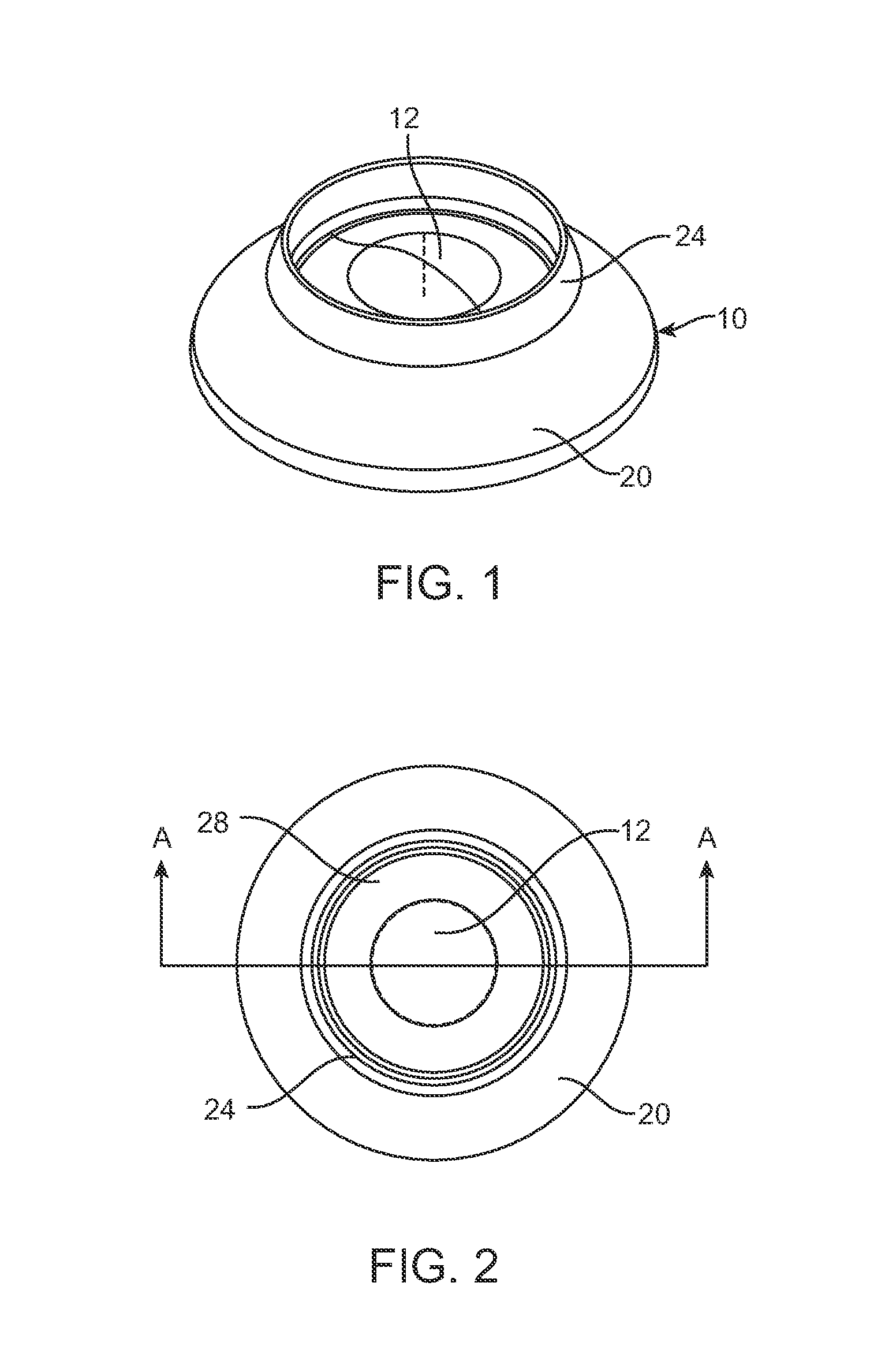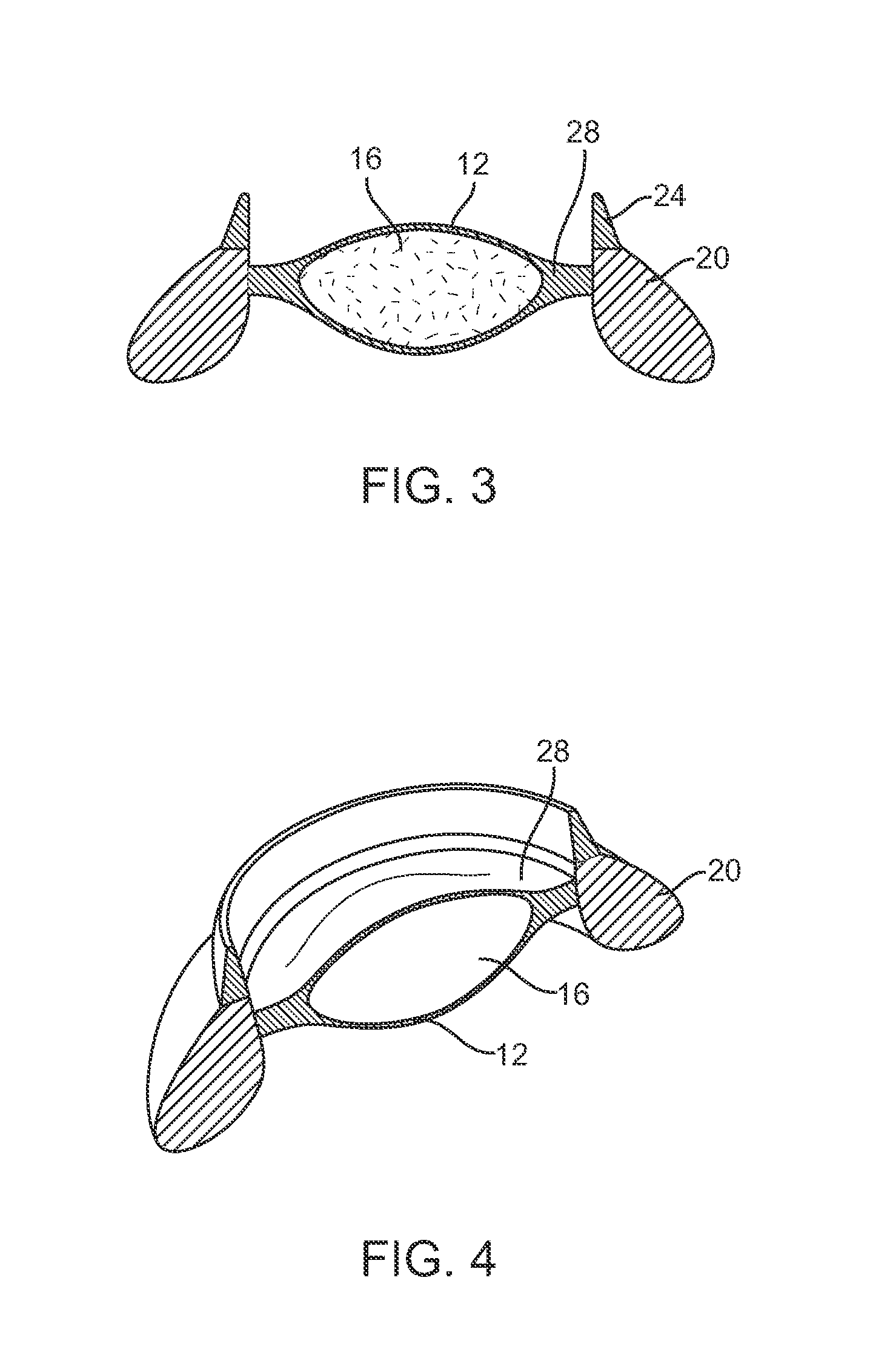Method for fabricating simulated tissue structures by means of multi material 3D printing
a 3d printing and tissue technology, applied in the field of anatomical models, can solve the problems of not being readily available, unable to develop the degree of detail, and unable to read textbooks or watch instructional videos
- Summary
- Abstract
- Description
- Claims
- Application Information
AI Technical Summary
Benefits of technology
Problems solved by technology
Method used
Image
Examples
Embodiment Construction
[0070]This invention relates to a method to create devices which mimic the mechanical properties of tissue structures and their pathologies, for surgical training, demonstration, teaching aids or surgical instrument calibration, validation and research and development. The invention is directed particularly to the development of a surgical model of the anterior segment of the eye, to serve as a model for cataract surgery. Other applications using the same principle may include but are not limited to: joint models for arthroplasty; cardio-vascular models for cardiac surgery; spinal models for spinal surgery; models for craneo-facial surgery such as cleft palate; crash test dummy components; and ballistic impact models.
Tissue
[0071]The human body, as well as any other organism, is a natural “assembly” of multiple sub-structures having different mechanical properties; hard bones, soft muscles, tough membranes, elastic skin and many others. These sub-structures are called tissues. There ...
PUM
 Login to View More
Login to View More Abstract
Description
Claims
Application Information
 Login to View More
Login to View More - R&D
- Intellectual Property
- Life Sciences
- Materials
- Tech Scout
- Unparalleled Data Quality
- Higher Quality Content
- 60% Fewer Hallucinations
Browse by: Latest US Patents, China's latest patents, Technical Efficacy Thesaurus, Application Domain, Technology Topic, Popular Technical Reports.
© 2025 PatSnap. All rights reserved.Legal|Privacy policy|Modern Slavery Act Transparency Statement|Sitemap|About US| Contact US: help@patsnap.com



